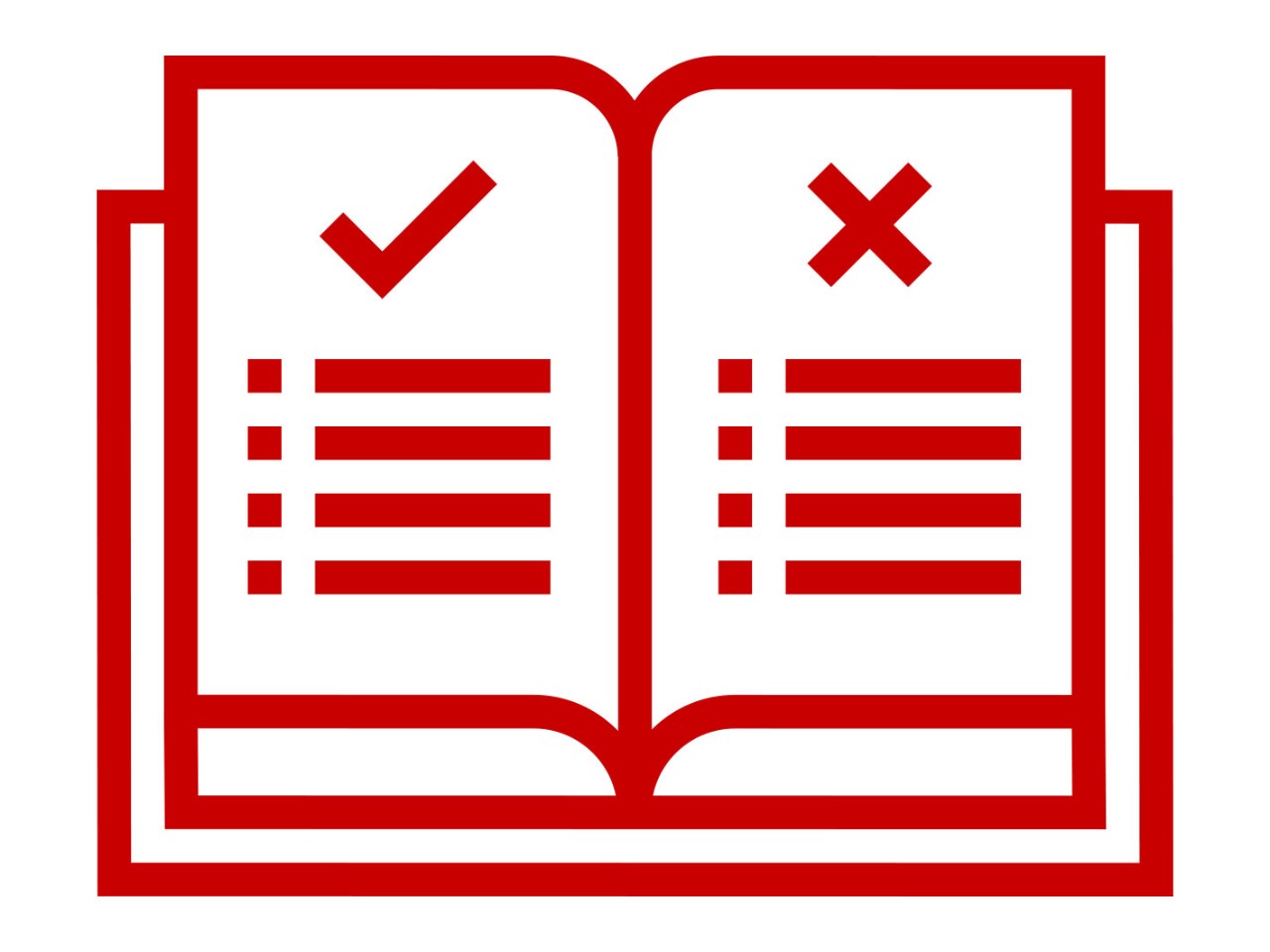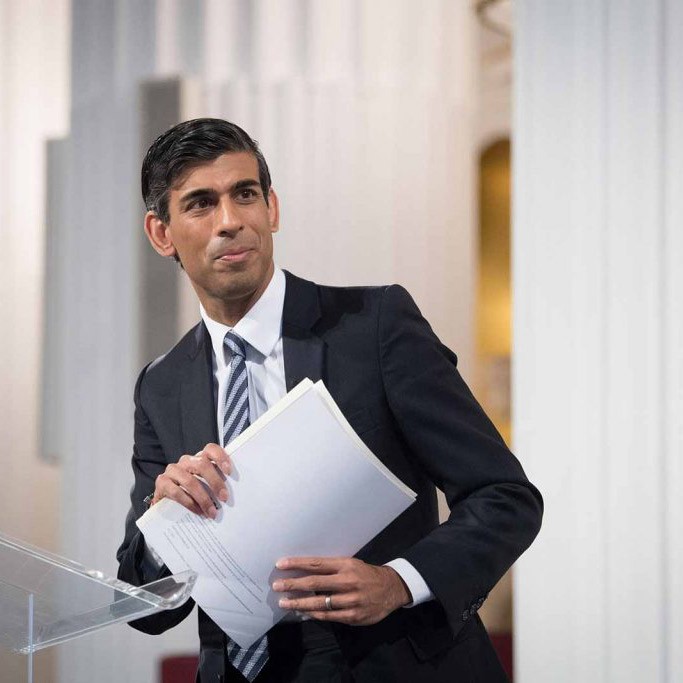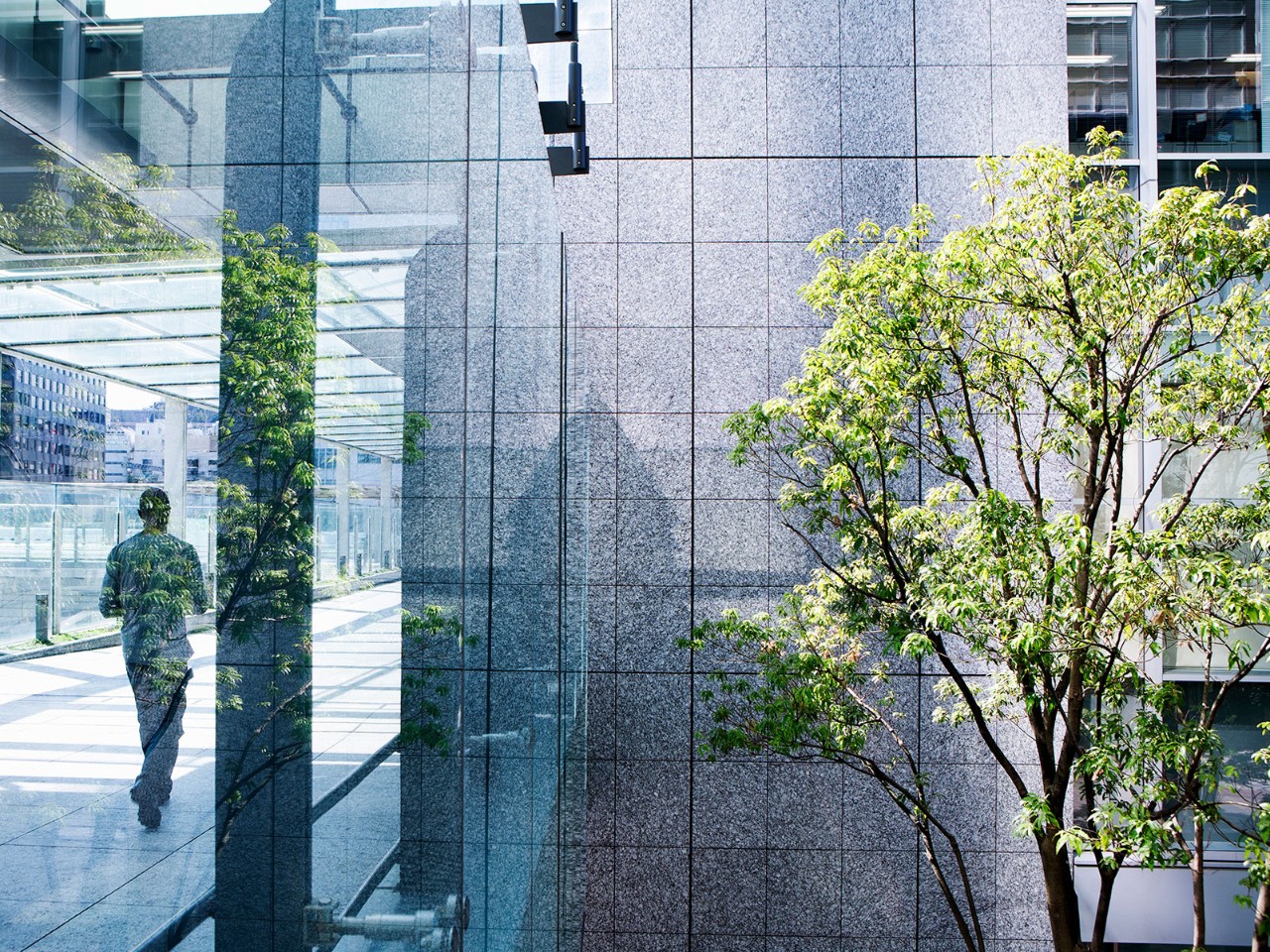
Alarming weather patterns around the world are adding a new urgency to our need to address the causes of climate change. For businesses, one of the conversations gaining momentum is around the need to make a wholesale shift away from the linear economic model of ‘take, make, dispose’ and towards a circular economy.
Circularity – the elimination of waste, and the decoupling of economic activity from the consumption of finite resources – is on the agenda of an increasing number of businesses for a range of reasons. Top of the list is consumer expectation.
‘Anyone in a consumer-facing business will be already feeling a lot of pressure,’ says Matt Morris, sustainability lead at Cambridge Design Partnership, which helps companies build products and services with circularity as a key aspect of the design considerations. ‘Businesses in the B2B area are feeling less pressure at the moment, but that will come too over time.’
Broadening view
The move towards circularity is about carrots as well as sticks, though. James Harmer, planning and strategy innovation lead at Cambridge Design Partnership, stresses that a circular business model can have considerable commercial potential.
Circular principles
A circular economy is based on three principles:
- Products and materials are kept in use.
- Waste and pollution is designed out of the system.
- Natural systems are regenerated.
‘In a circular model you create assets and more opportunities to extract value from them – making your product work harder for you’
‘We are essentially transitioning from a narrow view of value to a much broader one,’ he says. ‘In a circular model you are creating assets and more opportunities to extract value from them – making your product work harder for you – rather than just disposing of what you don’t need, which is a pure cost.
‘That’s why we’re seeing two broad motivations for circularity. Some businesses are feeling a transitional motivation: the business is doing well at the moment, but they know they can’t go on as they are – they see the way the wind is blowing, in other words. But others are motivated by the opportunity to do something new and see real opportunities in circularity to offer value to customers.’
Morris cites software-as-a-service as an example of offering something that consumers want in a form that also reduces waste and takes a business closer towards circularity. ‘Consumers get instant delivery and ongoing updates, and at the same time the company eliminates the packaging and delivery impact,’ he points out.
Harmer adds that offering consumers the opportunity to rent rather than buy goods – such as the toy exchange service offered by the startup Whirli – also puts a natural emphasis on quality. ‘It creates a business case for investing in quality,’ he says. ‘Products have to be of high quality because they have to be built to last.’
Case-by-case assessment
The million-dollar question, though, is how. How can companies best plan their transition to a circular model? Circularity means very different things for different sectors, and for individual businesses both the route and final destination can vary.
Take the soft drinks sector. Under the linear model, a manufacturer produces its drink in a plastic bottle or aluminium can, and sells it to the consumer. There are at least three options for a circular model:
- focus on recycling the container
- focus on reuse – one fast-food chain, for example, is experimenting with delivering concentrates of its drinks in reusable containers to its restaurants, where they are carbonated onsite
- eliminate packaging altogether by selling the drink only and decanting it into the consumer’s own container.
For this reason Harmer and Morris talk in terms of ‘circularity in context’ – the aspects of the business that dictate how circularity is best achieved. They recommend careful planning and execution of the transition to circularity. Their tips are outlined in the panel below.
Circularity is a very individual journey and the scale of the change required should not be underestimated. ‘The challenge for businesses is that circularity often requires a company to change what it is and what it does. It requires people to think differently,’ Morris says. A solid understanding of where the business is and the circular model that is most suitable for its circumstances is the starting point – and where professional accountants have significant value to add.
How to go circular
Gather the evidence and make the case. Understand the impact of your current business model (through the use of lifecycle assessments, for example) and the impact of any changes. Model different scenarios, such as leasing v buying.
Think strategically. It’s easy to be seduced by some elements of circularity, Morris says, so a rigorous approach is essential. ‘Think about the critical filters first, before you put pen to paper,’ Harmer suggests. ‘Which aspects of your context dictate how you go circular? There are many points of impact in becoming circular. Make sure you put your money in the right place.’
Accept that some critical factors may not be within your control. The route to circularity is ‘a judgment call to some extent’, according to Morris, as some things will be outside the company’s control, such as different recycling infrastructure and requirements in different jurisdictions. ‘Circular business models have big uncertainties, but research and small-scale trials can de-risk to some extent.’
Collaborate with others where it makes commercial sense. ‘The route to decarbonisation, for example, in some industries is expensive and challenging,’ Harmer says. ‘It doesn’t make sense for individual companies to do some things on their own.’
Look at parallel industries that are further down the line. ‘There are things you can do today to get yourself out of a hole tomorrow, but there will be bigger holes in the road ahead. Keep ahead of the curve and watch what’s happening in the world.’ Consider how other sectors have approached the problem.
Communicate progress to customers. Be open if an experiment does not work. Consumers are generally forgiving if a business has at least tried to improve its impact on the environment.





